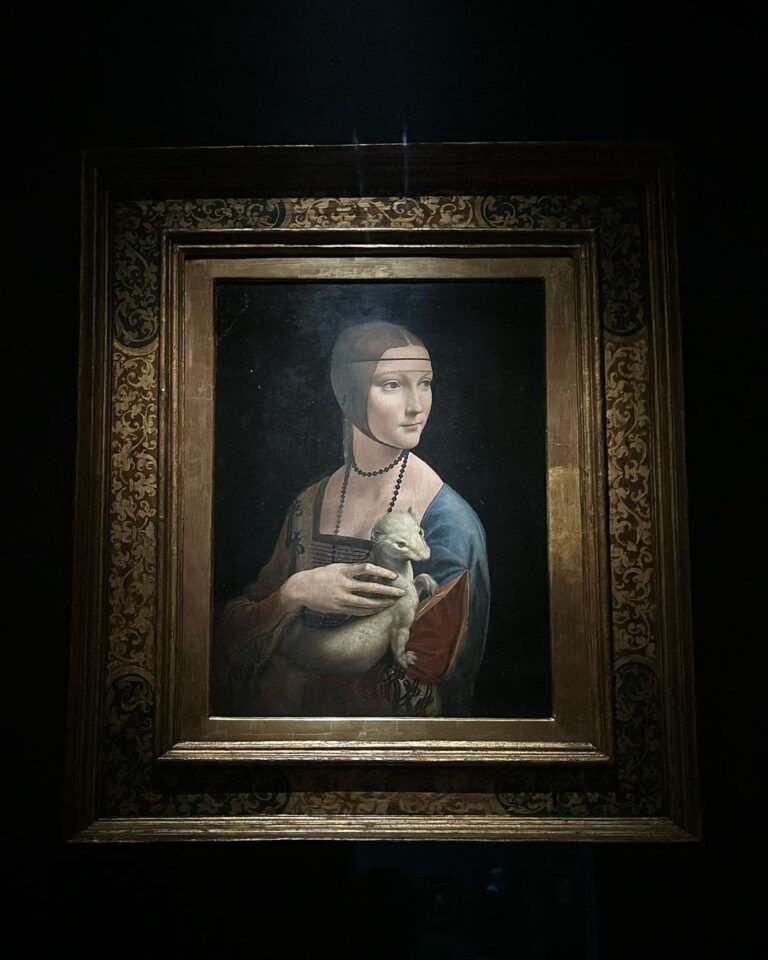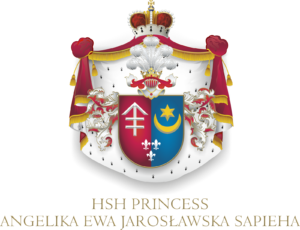Marvelous Princes Czartoryski Museum is a historic museum in Kraków, Poland, and one of the country's oldest museums.

Marvelous Princes Czartoryski Museum is a historic museum in Kraków, Poland, and one of the country’s oldest museums. The initial collection was formed in 1796 in Puławy by Princess Izabela Czartoryska. The Museum officially opened in 1878.
Founded in 1796 by Princess Izabela Czartoryska, Czartoryska Museum (Muzeum Książąt Czartoryskich w Krakowie) was created to conserve the heritage of Poland and to maintain the city’s history alive.
In 1801, Princess Izabela nee von Flemming Czartoryska created a collection of national memorabilia. The collections gathered by her were presented in Puławy in two park pavilions: the Sybil Temple and the Gothic House from 1809.
Princess Izabela Czartoryska was a very special, eminent figure. Passionate and visionary. She created the first museum in Poland, she was a writer, patroness of the arts, and collector of historical memorabilia. She traveled both through Poland, and throughout Europe.
The Czartoryski Museum also has an excellent collection of weaponry and antiques from Greece, Rome, and Egypt.
The museum’s main treasure is probably one of Leonardo da Vinci’s best-known paintings, the Lady with an Ermine.
In Puławy, Princess expanded the palace and the park. She was able to attract the then-intellectual elite to her estate, thanks to which Puławy quickly gained the name of “Polish Athens”. Czartoryska promoted Polish dress, the theater staged politically allusive plays, e.g. Spartan Mother.
The Puławy collection was partly destroyed after the November 1830 Uprising and the confiscation of the Czartoryski properties. Most of the Museum holdings, however, were saved and moved to Paris, where they reposed at the Hôtel Lambert. In 1870 Prince Władysław Czartoryski decided to move the collections to Kraków, where they arrived in 1876.
Among the pearls of the then Czartoryski collection was also Portrait of a Young Man by Raphael Santi (lost during World War II). A significant portion of Poland’s cultural heritage estimated that more than half a million art objects were plundered by the occupying powers.




